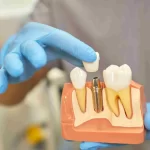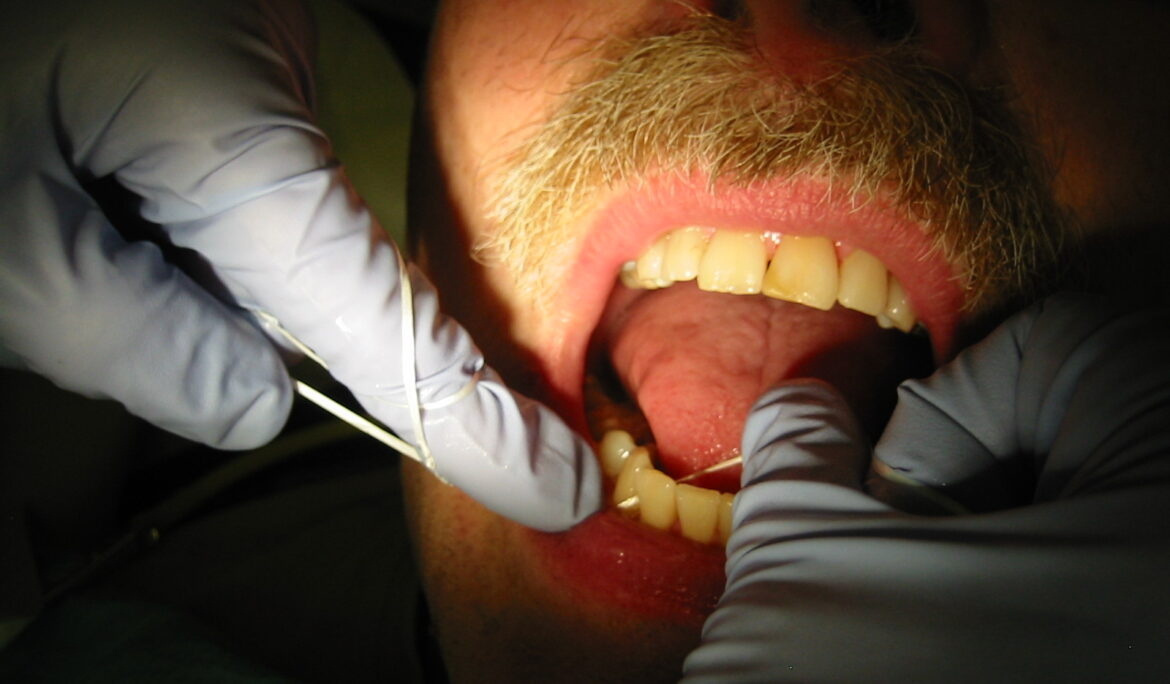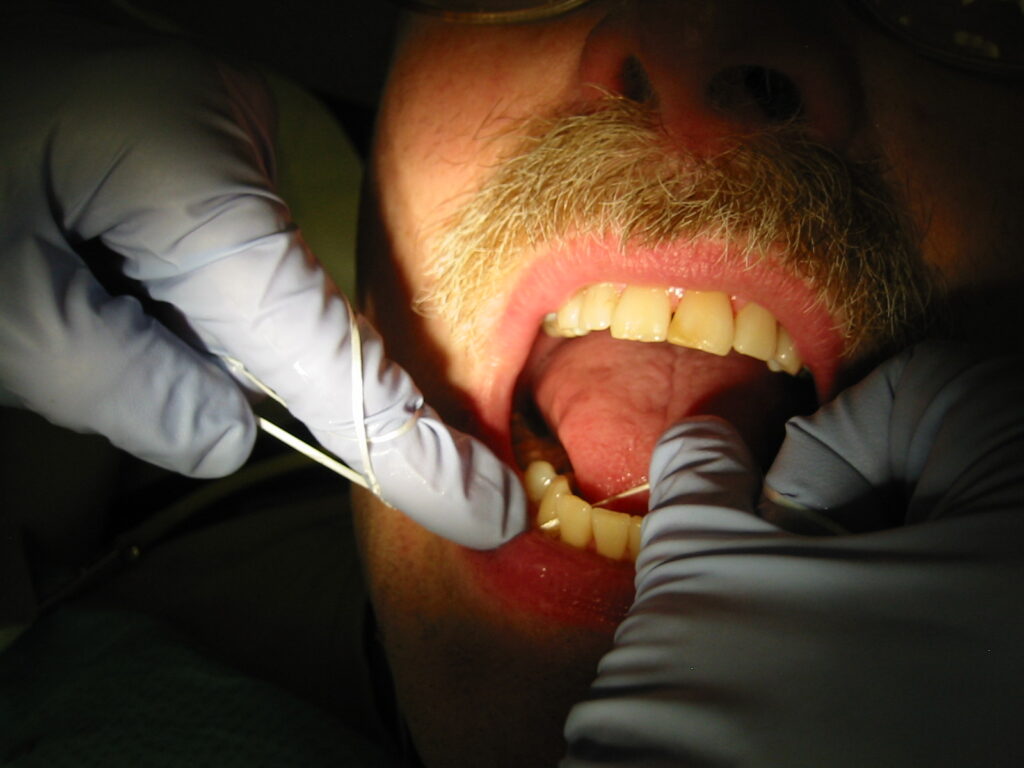One of the most important factors of good oral hygiene and the number one weapon against plaque, is flossing. A toothbrush cleans the sides and the tops of your teeth, but dental floss is necessary for cleaning between your teeth, where food particles and bacteria hide. Flossing polishes the surface of your teeth, controls bad breath and decreases your chance of having tooth decay and/or gum disease. Many people do not spend enough time on flossing, but often times it is simply because they have never been taught how to properly floss. Along with this guide to flossing your teeth and a visit to your dentist, you will soon be on your way to flossing like a pro and having a healthier smile.
What Type of Floss Should You Use?
Dental floss is available in a variety of styles, including:
- Multifilament (nylon) and monofilament (PTFE)
- Waxed and unwaxed
- Flavored and unflavored
- Regular and wide (dental tape)
It is important to choose the best floss that meets the needs of your teeth and situation. For example, if you had bridge work, wide floss or dental tape or wide floss may be easier to use. Dental tapes are typically recommended when there are wide spaces between the teeth. If you have a tight contact between your teeth, which causes the floss to break when trying to maneuver it between teeth, consider using monofilament type of floss. Nylon floss is available in waxed and unwaxed, as well as a variety of flavors; however, it may shred, especially when teeth are tight together. If flossing is difficult, there are other methods, such as an interdental cleaner, dental pick or a pre-threaded floss. It is best to ask your dentist which floss will be the best suited for your teeth and any dental treatments you may have, such as braces.
What is the Right Way to Floss?
When you floss properly, it removes the food particles and plaque in the areas where your toothbrush can’t reach, including under your gumline and between your teeth. Plaque build-up can lead to gum disease and tooth decay, so daily flossing is recommended. To get the most optimum benefits from flossing, use the following flossing method:
- Pull out a strand of floss that is about as long as your arm.
- Wind the majority of the floss around each middle finger, leaving about two inches of floss to work with.
- Holding the floss snug between your index fingers and thumbs, gently slide the floss up-and-down between your teeth.
- Curve the floss around the bottom of each tooth; make sure to go beneath the gumline. You should never force or snap the floss, because it may bruise or cut your gums.
- Use a clean area of floss on each tooth.
- To remove the floss, use a slight back and forth motion to gently slide the floss up and away from your teeth.
The American Dental Association recommends that you floss at least one time each day and they suggest picking a time of the day when you can dedicate a few extra minutes to flossing. It is important to note that when you first start flossing, you may feel slight discomfort, but flossing should not be painful. The discomfort should go away within a week or two. If you experience pain or the discomfort does not go away, visit your dentist for an exam and suggestions on a different type of floss that may be more suitable for you. For more information Contact Us Now!



















